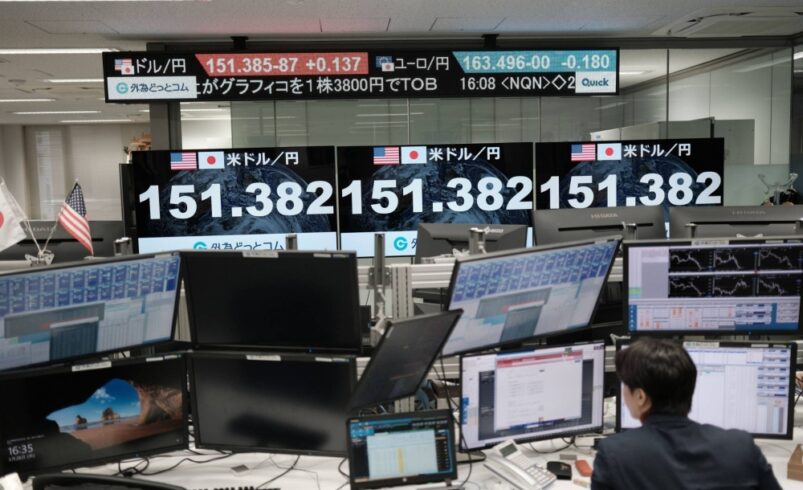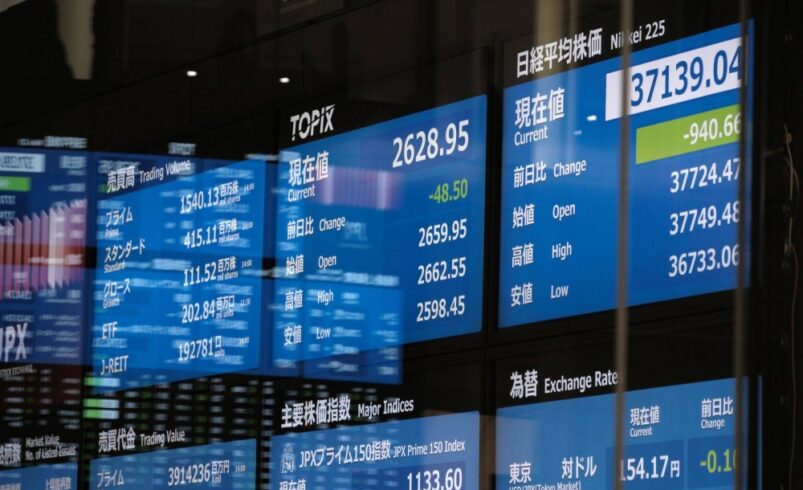
Carry Trade and Its Impeccable Impact on Japan and the US 2024
Carry trade, a popular strategy in the forex market involves borrowing in a low-interest-rate currency to invest in higher-yielding assets. This strategy can generate significant returns but also carries considerable risks. In August 2024, the financial markets experienced substantial volatility due to the unwinding of yen carry trades, causing ripple effects across Japan, the US, and the global stock markets. This article delves into the concept of carry trade and examines its recent impact on the world economy.
The Basics of Carry Trade
Carry trade is a strategy where investors borrow money in a currency with low interest rates, like the Japanese yen, and invest in assets denominated in currencies with higher interest rates, such as US dollars or Australian dollars. The profit is derived from the interest rate differential between the borrowed and invested currencies.
How Carry Trade Works
In a typical carry trade, a trader borrows in a low-yielding currency and converts it into a high-yielding currency. For example, an investor might borrow Japanese yen at a near-zero interest rate and invest in US Treasury bonds yielding higher returns. The interest rate differential becomes the trader’s profit, provided the exchange rate remains stable or moves favorably.
Key Components of Carry Trade
Currency Pairs
Carry trades often involve currency pairs like USD/JPY, AUD/JPY, or NZD/JPY, where there is a substantial interest rate differential.
Interest Rates
Central bank policies heavily influence the interest rates that drive carry trades. Low rates in Japan and relatively higher rates in other economies create opportunities for carry trade.
Recent Developments: The Yen Carry Trade Unwind
In August 2024, the financial markets witnessed significant turmoil due to the unwinding of yen carry trades. The Bank of Japan (BOJ) unexpectedly raised its short-term policy rate from 0.1% to 0.25% to combat rising inflation (24/7 Wall St.). This move caused the yen to appreciate sharply, triggering a wave of margin calls and forcing traders to unwind their carry trade positions.
Impact on Japanese Markets
The strengthening of the yen had a severe impact on Japanese exporters, making their products less competitive abroad and cutting into profit margins. Consequently, the Nikkei 225 index experienced its worst decline since 1987, plummeting by 12.4%. Japanese banks, heavily involved in financing carry trades, also suffered significant losses, with some stocks falling by 17% in a single day.
Impact on US Markets
The yen carry trade unwinding led to a massive sell-off in US stocks. The Dow Jones Industrial Average fell over 1,000 points, while the Nasdaq dropped by 3.4%, marking one of the worst trading days in recent history. The sharp decline in US equities was exacerbated by fears of a potential recession, poor earnings reports from major corporations, and ongoing concerns about the Federal Reserve’s interest rate policies.
Global Market Implications
The unwinding of the yen carry trade caused a domino effect across global financial markets. Investors who had used the cheap yen to invest in various international assets, including European and emerging market stocks, were forced to liquidate their positions. This led to widespread market sell-offs, with significant declines in stock indices worldwide.
Risks and Challenges
The recent events highlight the inherent risks associated with carry trades. Exchange rate fluctuations can quickly erode the gains from interest rate differentials, leading to substantial losses. Additionally, sudden changes in central bank policies, like the BOJ’s unexpected rate hike, can disrupt carry trade strategies and trigger market volatility.
Future Outlook
The impact of the yen carry trade unwinding is expected to persist in the near term, with continued volatility in financial markets. Central banks around the world, including the Federal Reserve, will need to carefully navigate their policy decisions to manage the economic fallout. Investors, on the other hand, may become more cautious in employing carry trade strategies, given the recent turmoil.
Conclusion
Carry trade remains a powerful yet risky strategy in the forex market. The recent market disruptions caused by the unwinding of yen carry trades underscore the interconnectedness of global financial systems and the potential for rapid shifts in economic conditions. Understanding the dynamics of carry trade and staying informed about central bank policies are crucial for investors navigating these volatile times.













